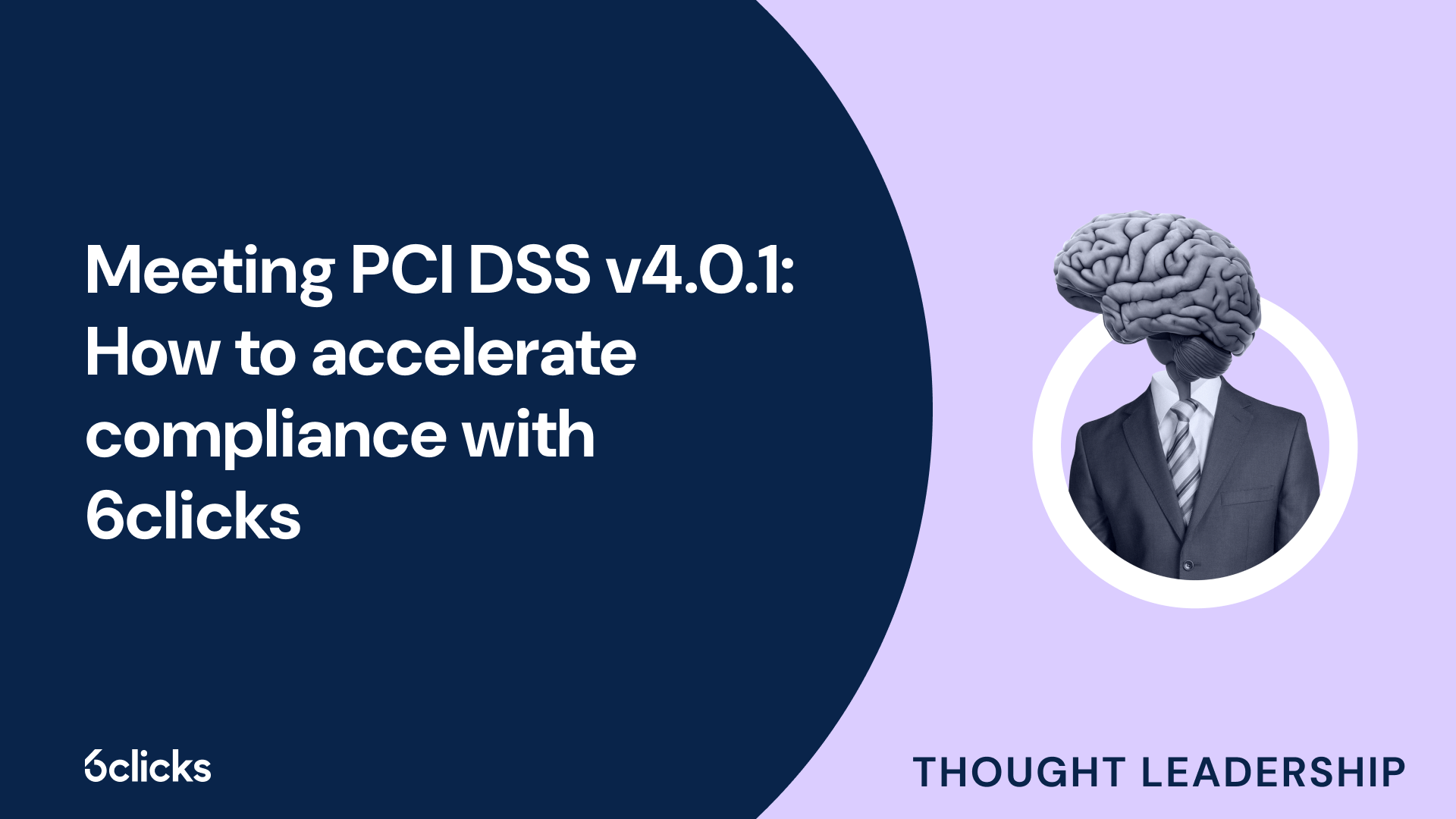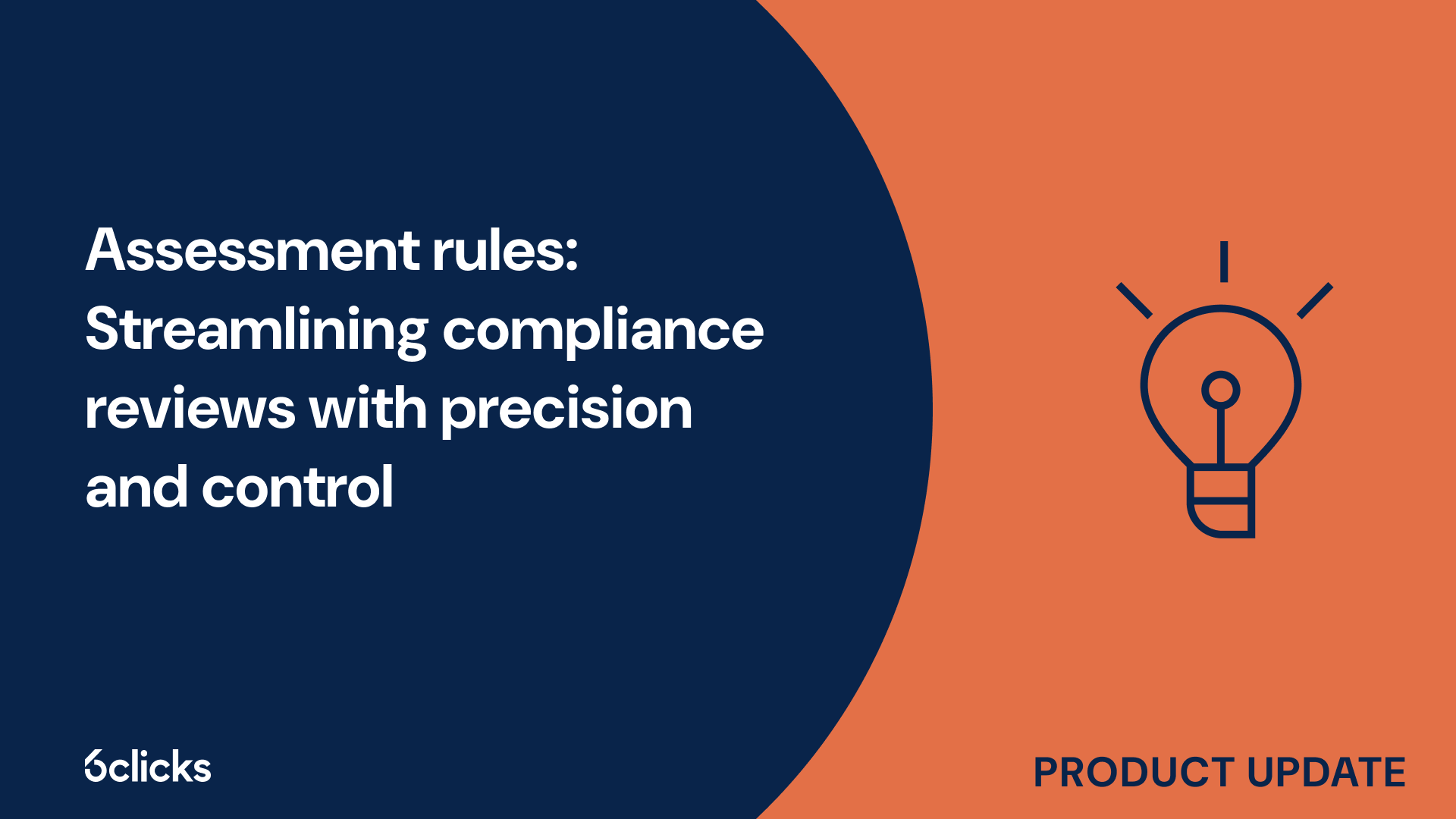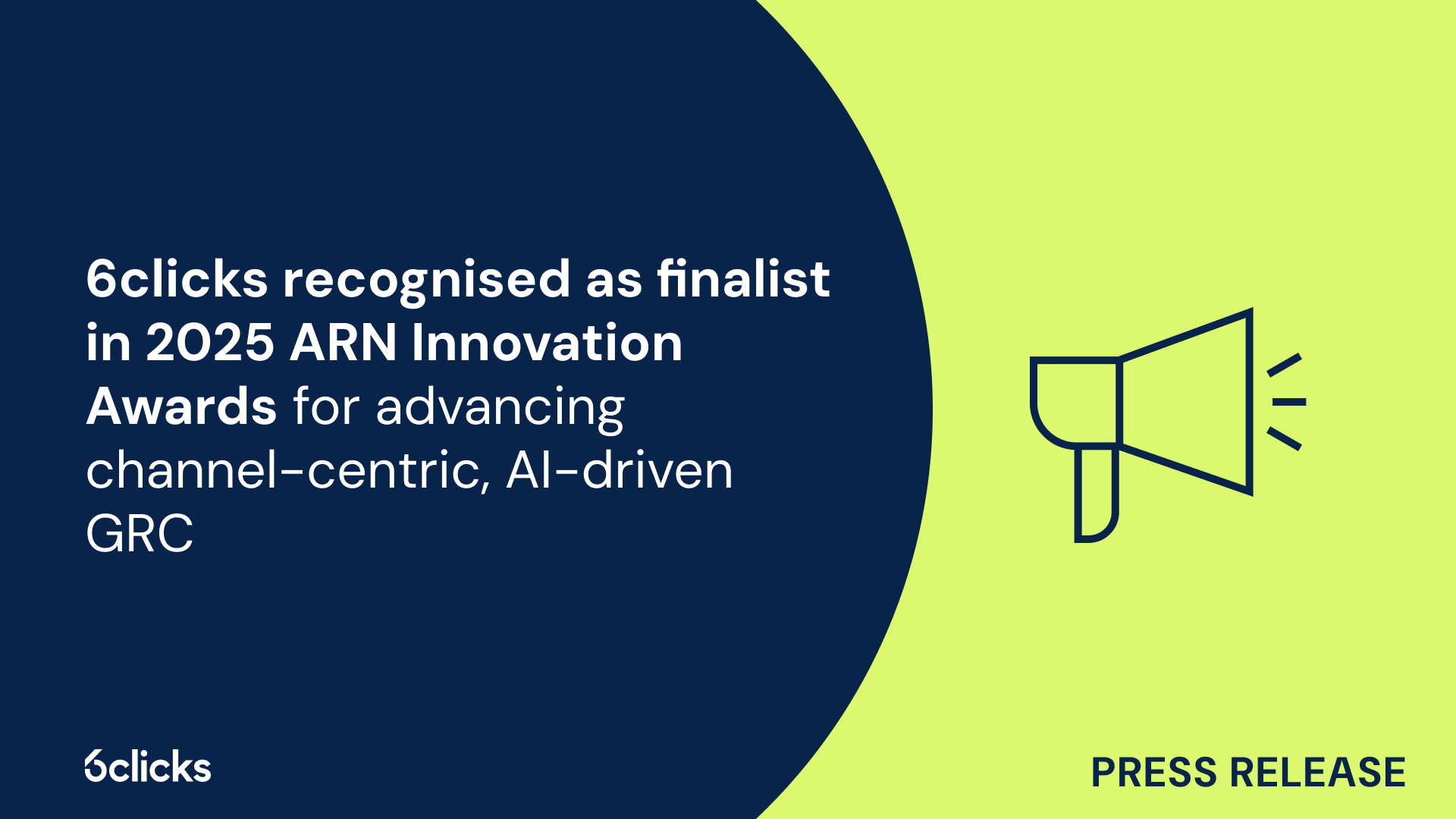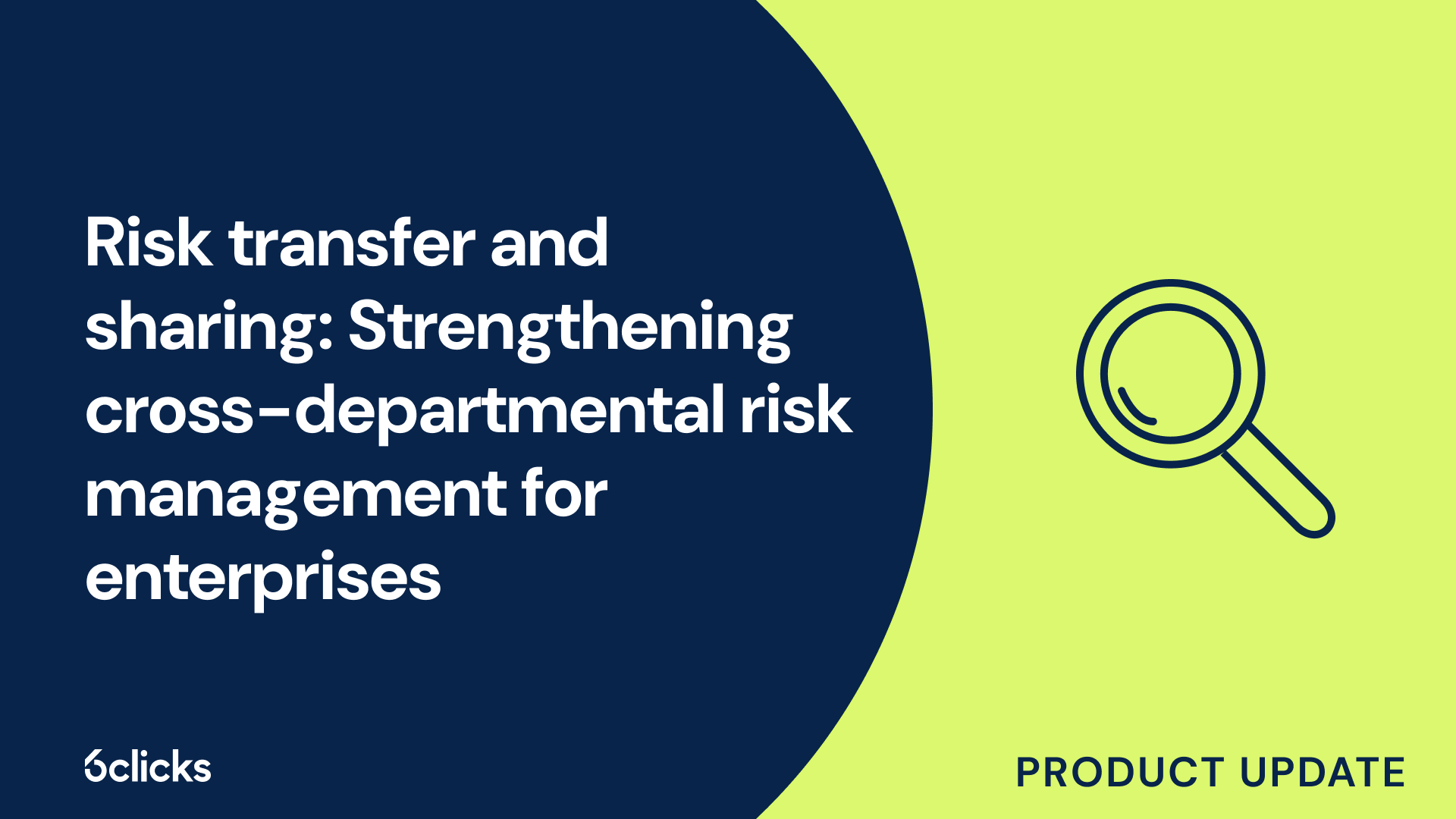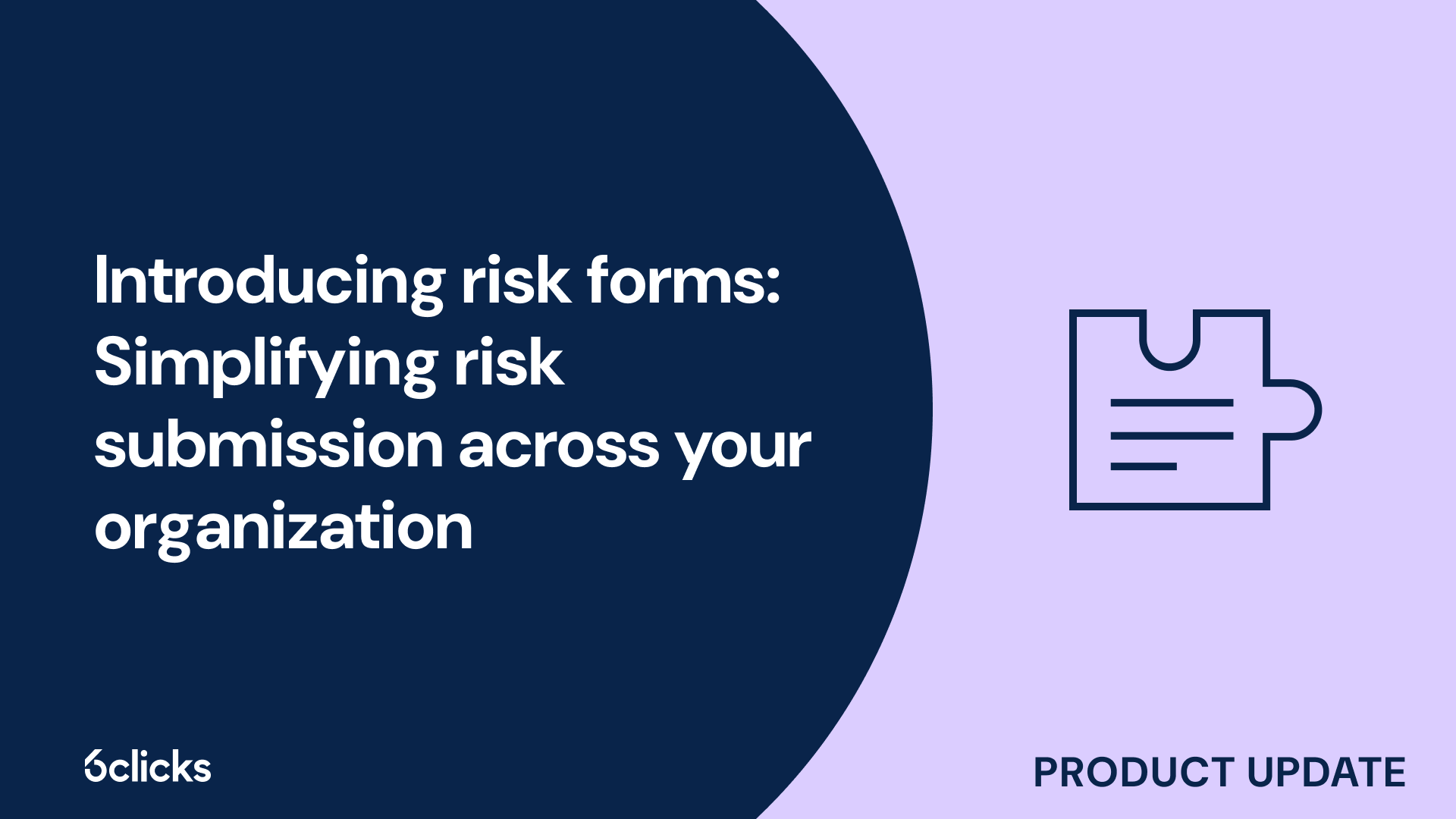The GRC buyer’s guide for 2025: Building resilience with AI-powered, federated solutions
Discover the ultimate GRC buyer's guide for 2025! Uncover how AI-powered, federated solutions transform compliance and security management for industries like government, aerospace, banking, and more. Learn about centralized control, continuous compliance, and advanced cyber GRC capabilities. Download now!
-1.png?width=200&height=249&name=Group%20193%20(1)-1.png)
The GRC buyer’s guide for 2025: Building resilience with AI-powered, federated solutions
Definition of ISO 27001
ISO 27001 is an international standard that outlines the requirements for establishing, implementing, maintaining, and improving an Information Security Management System (ISMS). The standard provides a systematic approach to managing sensitive company information, ensuring its confidentiality, integrity, and availability. ISO 27001 helps organizations identify and assess information security risks, implement appropriate security controls, and continually monitor and improve their information security practices. By adhering to ISO 27001, organizations can demonstrate their commitment to protecting data and managing security risks, ensuring compliance with legal and regulatory requirements, and building trust with stakeholders.
Three pillars of ISO 27001
The three pillars of ISO 27001 are designed to ensure effective information security management and to protect sensitive data. These pillars are:
1. Confidentiality
Confidentiality ensures that sensitive information is only accessible to authorized individuals or systems. It protects against unauthorized access, disclosure, or exposure of data.
Importance: It helps maintain privacy, prevents data breaches, and protects intellectual property, financial data, and personal information.
How it’s achieved:
- Access control: Limiting access to information based on the user’s role and needs. This includes user authentication, permissions, and authorization procedures.
- Encryption: Encrypting sensitive data both in transit and at rest ensures that even if unauthorized individuals gain access to the data, they cannot read it.
- Secure storage: Storing sensitive information in secure systems with strong protections against unauthorized access.
- Data masking and Redaction: Hiding sensitive parts of data when it’s not necessary for the viewer to see the full content.
2. Integrity
Integrity ensures that information is accurate, complete, and trustworthy. It means that data is not tampered with or altered in unauthorized ways.
Importance: Maintaining data integrity is critical to ensure the reliability of information for decision-making, regulatory compliance, and operational continuity.
How it’s achieved:
- Data validation: Ensuring data is entered and processed correctly. This includes verifying formats, ranges, and values at the time of input.
- Version control: Tracking changes to documents, files, and systems ensures that any changes are authorized, and earlier versions are available for review if necessary.
- Checksums and hash functions: These are used to verify data integrity by comparing original and received data to ensure it hasn't been altered or corrupted.
- Audit trails: Maintaining logs of actions taken on sensitive data to track any unauthorized or unexpected modifications.
3. Availability
Availability ensures that information and systems are accessible to authorized users whenever they are needed. This includes preventing downtime, ensuring service continuity, and maintaining performance levels.
Importance: It ensures business operations run smoothly and critical systems remain operational, preventing disruptions that could lead to financial losses or damage to an organization’s reputation.
How it’s achieved:
- Redundancy: Implementing duplicate systems, network paths, or hardware to ensure that, in case of failure, the backup system takes over, ensuring uninterrupted service.
- Disaster recovery: Having procedures in place to quickly restore data, applications, and systems in the event of a disaster, cyberattack, or other emergencies.
- Business continuity planning: Establishing plans to ensure that essential business functions can continue during and after a crisis. This includes having remote work options, alternate suppliers, and manual processes.
- Regular backups: Ensuring that data is regularly backed up and stored securely so that it can be recovered in case of data loss or corruption.
By focusing on these three pillars—Confidentiality, Integrity, and Availability—ISO 27001 helps organizations create a comprehensive approach to safeguarding sensitive information, ensuring that data is protected, accurate, and accessible when needed.
Summary
ISO 27001 is an international standard that sets out the requirements for establishing, implementing, maintaining, and improving an Information Security Management System (ISMS). The standard helps organizations identify security risks, implement effective controls, and continuously monitor and improve their security practices. By adhering to ISO 27001, organizations can safeguard their data, comply with legal and regulatory requirements, and demonstrate their commitment to information security. The standard is built around three pillars—Confidentiality, Integrity, and Availability—ensuring that sensitive data is protected, accurate, and accessible at all times.





.jpg?width=302&height=170&name=eBook%20Title%20-%20Risk%20management%20for%20ISO%2027001%20and%20ISMS%20expert%20guide%20eBook%20(1).jpg)


